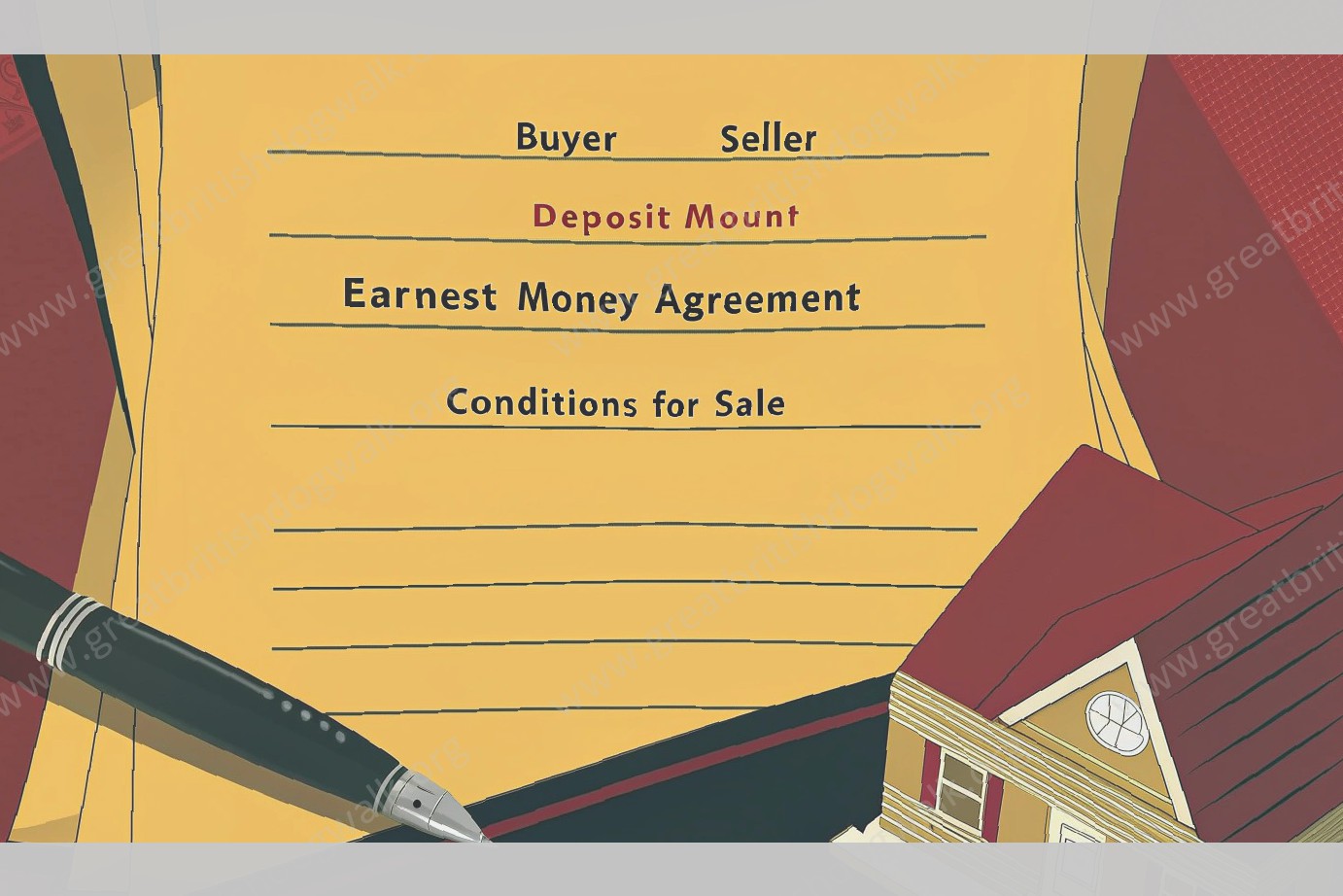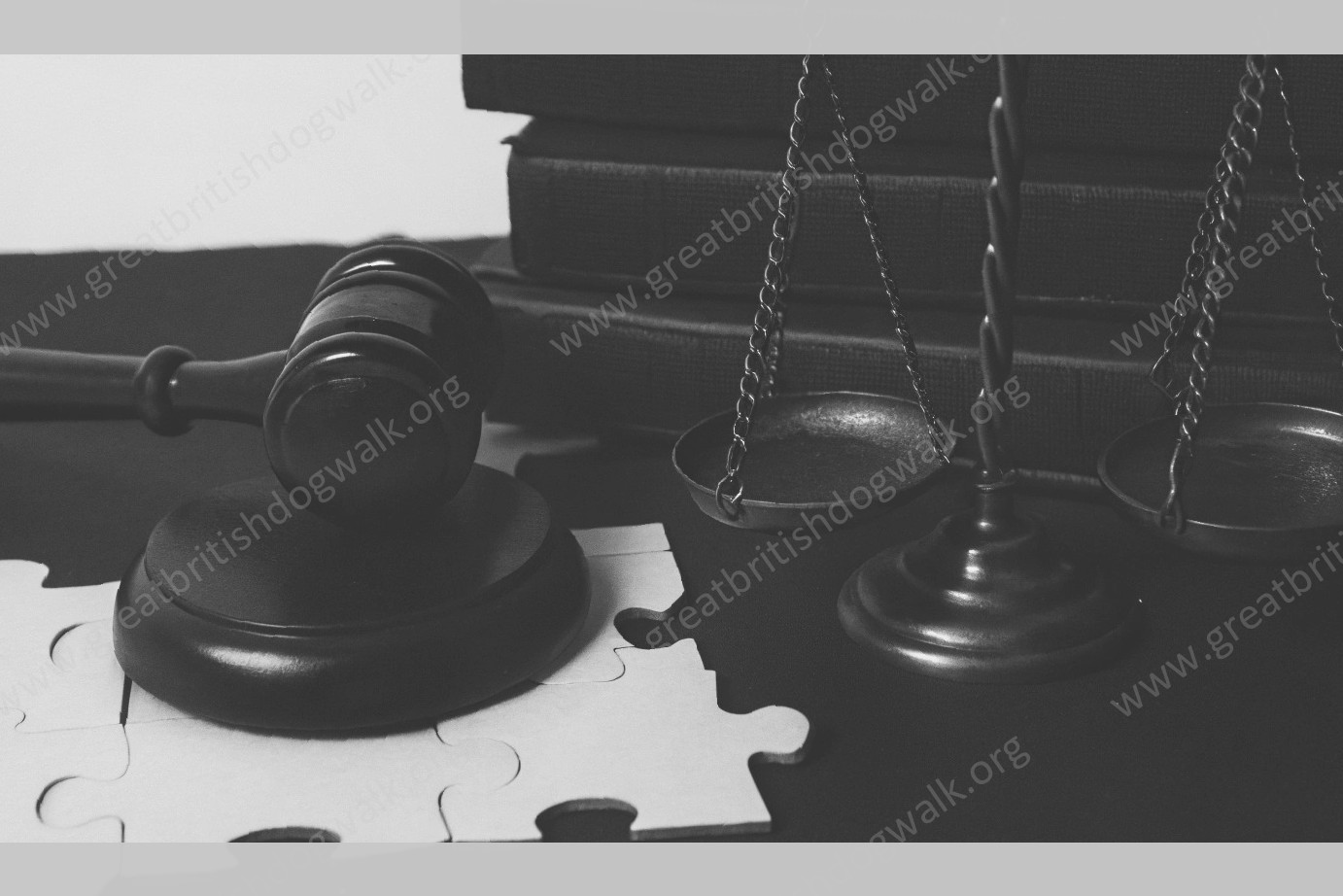What Is An Earnest Money Agreement?
In real estate, an Earnest Money Agreement gives potential homebuyers the security of knowing that their interest in a property is legit and that they are serious about purchasing it. It also gives sellers the security of knowing that the buyer has the funds necessary to complete the purchase, thus ensuring that sales are not needlessly delayed or cancelled. It is common for the Earnest Money Agreement to stipulate that earnest money is requested by the seller in the event the deal falls through . Typically, the sale may fall through if the buyer is unable to secure financing, if there is a problem with the title of the property, if the buyer cannot come up with the necessary collateral, etc, but if this happens the seller has invested time and money into the deal and seeks some compensation for their efforts. As part of the agreement, it is understood that the buyer forfeits earnest money if they fail to meet their obligations in the agreement.

Essential Elements of an Earnest Money Agreement Template
An earnest money agreement template typically contains several key elements. For starters, the parties’ names are listed. In the case of the buyer, it might read something like "Mr. and Mrs. Buyer, husband and wife, hereinafter referred to as Buyer." With the seller, it might be a name or just "Seller." That may or may not be followed by "a corporation," "limited liability corporation (LLC)," etc. Sometimes a company or organization is listed first as "Buyer" or "Seller," and an "agent" then follows, who acts on its behalf.
The amount of the deposit often goes in next, followed by the conditions of an earnest money agreement. These are the terms that the buyer and seller must meet in order for the sale of the real estate to go through. The conditions are a list usually containing four or five things, at which point the contract continues on, historically, in old world fashion, with Roman numerals. For example:
I. Conditions.
A. Closing must occur no later than July 4, 2023.
B. Seller must vacate property by June 21, 2023.
C. Buyer to install new air conditioning unit.
D. Buyer must have funds to escrow no later than March 1, 2023.
And the list goes on, as we get more specific about the deadline of each of those items, the address of the buyer, the method of closing, etc.
Also included in an earnest money agreement template are the conditions for returning the earnest money. For buyers, they often look like this:
5. Earnest Money Agreement Disposition.
A. If the Conditions are not met, then the earnest money shall be immediately returned to the Buyer (or whichever party made the deposit).
B. In the event the Buyer simply backs out of the deal, the earnest money shall go to the Seller.
That part might be clearer or more detailed, depending on the author. The basic element is that the money is returned to the Buyer in the event the conditions are not satisfied, but that if the Buyer just decides not to follow through, the Provider can keep the earnest money.
How to Modify an Earnest Money Agreement Template
Before using an earnest money agreement template in any transaction, it is essential to ensure that the terms and conditions mirror those set out in the main contract. As such, customization of an earnest money agreement template is an important process that allows individuals to include essential clauses, conditions and provisions that meet their transactional expectations and requirements.
The first step in customizing an earnest money agreement template is to identify whether local or state laws contain particular terms, conditions and clauses that must be included. When drafting any contract, it is always best to refer to a standard version of that contract found in your state or within your jurisdiction to see if that standard contract can be used, or if any term or condition must be revised in order to be compliant with any state or local law. For instance, if the main contract requires that a contract cannot be binding until both parties have signed, the earnest money agreement needs to include a provision that anything other than that would not be binding and therefore, the earnest money agreement would not come into force until both parties signed the main contract.
Second, individuals must take the opportunity to revise an earnest money agreement template in accordance with the unique provisions set out in the main contract. For example, if concurrent-settlement provisions are found in the main contract, the earnest money agreement will need to include a clause that states that the parties will not be bound until settlement occurs.
Finally, individuals should make changes to their earnest money agreement template in order to prevent it from being irrevocable or non-refundable, unless agreed to in writing by both parties. If the parties wish for the deposit to be non-refundable based on a number of different contingencies, these should be clearly itemized in the earnest money agreement itself. By citing to the specific provisions or contingencies in the contract that would allow for a portion of the earnest money agreement to be refundable, individuals can assist to manage expectations going forward in the event of a future dispute.
Legal Considerations and Protections
An earnest money agreement template is a legally binding document. Therefore, both buyers and sellers should familiarize themselves with the legal repercussions of including the document. Should either party not follow through with their obligations from the earnest money agreement template, the other party can bring a cause of action for damages. This can lead to monetary damages- however, this is dependent on the commitment in the contract and the local laws. When the terms of an earnest money agreement template are met, the process is designed to protect both parties involved in a real estate transaction. It signals that the buyer is serious about purchasing the property and proceeds according to the contract. It also provides assurance to the buyer that if they decide not to purchase the property, that their money will be returned, barring for the contingencies that were outlined in the earnest money agreement template.
Common Pitfalls to Avoid
Common mistakes made by buyers and sellers in earnest money agreements are more common than they should be. A good rule of thumb is to keep it simple and not get too fancy when drafting and signing even the most basic earnest money agreement. Here are a few common mistakes that you should avoid:
Don’t use a form agreement that is so old and out-of-date that it fails to include many required legal disclosures or that erroneously refers to authority that has been superceded for years. The law pertaining to earnest money agreements changes, and so too do the forms used by title companies. It is always prudent to request the most current forms from your title company – they have the most up-to-date forms because they provide them to escrow officers and brokers who require them.
DON’T USE AN EARNEST MONEY AGREEMENT THAT HAS NOT BEEN DRAFTED SPECIFICALLY FOR YOUR TRANSACTION. A common pitfall is using a one-size-fits-all earnest money agreement that fails to conform to all of the unique circumstances immediately surrounding your transaction. Never use an earnest money agreement pertaining to a prior transaction to govern a new one.
Don’t have a manager who lacks signing authority bind the company to an earnest money agreement. Even if a manager told the prospective buyer to drop off the EM deposit and sign the agreement , unless the manager has written authority to bind the company to contracts or to enter into a listing agreement for the property, then the earnest money agreement signed by the manager for the seller would be unenforceable. Every company has its own policies regarding who has the authority to enter into contracts on behalf of the company and its property. It should be ascertained right from the start to avoid any problems later on.
As stated above, don’t get too fancy with earnest money agreements. A common pitfall is inserting terms or conditions that are so complicated that the parties fail to understand their meaning. Avoiding these pitfalls should result in a much more pleasant seller-buyer experience without a great deal of misunderstanding.
Selecting the Right Template for You
Selecting the right earnest money agreement template is crucial to ensuring you have a legally binding and enforceable contract. As with any contract, you want to cover all of your bases to avoid potential disputes down the line. In addition to ensuring the document is fully completed, inspect your options for an earnest money agreement template from a reputable source such as a real estate attorney or broker. Make sure the one you choose fulfills your state’s requirements. Typically, earnest money agreement contracts can be found online for free. However, free documents often lack the sufficient clauses Buyer and Seller need to protect against any unscrupulous actions by either party. When in doubt, consult with a lawyer so that he or she can provide an earnest money agreement template that protects your interests.
Conclusion: Why a Solid Contract Matters
A well-structured earnest money agreement serves as a foundation for a secure and successful transaction. The importance of this document cannot be overstated, particularly in the fluid world of real estate where agreements are signed rapidly under high-pressure conditions. The conditions that apply to a property are not always available to a buyer. Only after a buyer signs an offer will the seller give him complete access to the records of the HOA or the maintenance records for the property , for example. Thus, a standard earnest money agreement should allow a buyer a period of time to review records in order to protect both parties from unpleasant surprises.


